Where Is the Model Number on My Savage .250-3000
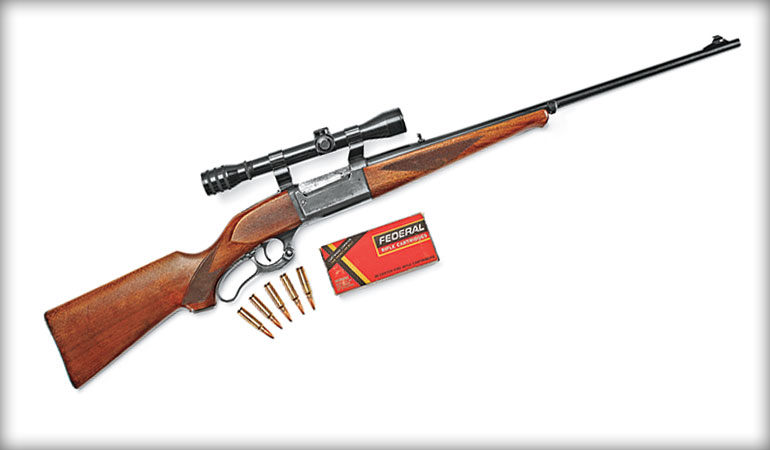
February 11, 2019
Photos by Michael Anschuetz
Today, we sometimes see them in the used racks in gunshops across middle America. And we still see them in vintage hunting photos from the Adirondacks to the High Sierras. It's a lever action, but obviously not a Winchester or a Marlin because it lacks a tubular magazine under the barrel. Sometimes it wears a scope (because it can), but it more often has a barrel-mounted rear sight or receiver-mounted aperture. It has a two-piece stock, forend and buttstock separated by the large block of steel, gently rounded on the bottom for its receiver. Chances are good that this lever action is a Savage 99.
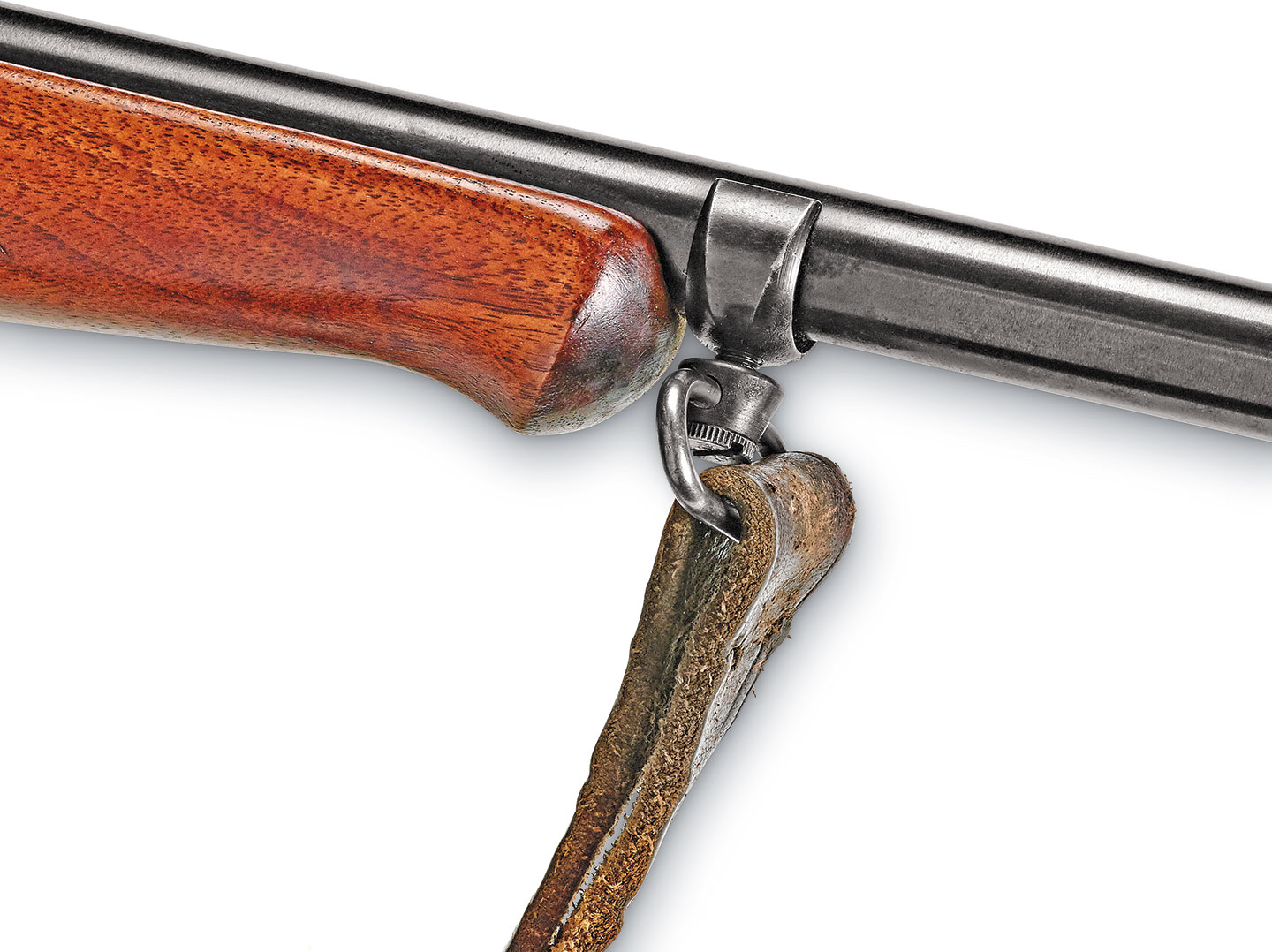
In the 1890s, Arthur W. Savage's goal was to build a better mousetrap than Winchester or Marlin. His prototype 1892, produced by Colt, was a short-throw in .32-20 Winchester that might have competed with Winchester's 1892 and Marlin's 1894, but it was never marketed. His 1895, 1899 and the ultimate Savage 99 threatened the established brands and were popular enough for the rifle to pass into legend.
The Savage Advantage
The Savage 99 is an internal-hammer action with a massive bolt that, although rear-locking, gave it the strength to handle somewhat higher pressures than was possible with contemporary tubular-magazine lever guns. Perhaps more importantly, Savage abandoned the tubular magazine of the day for the rotary magazine (and later a detachable magazine) under the bolt. From the start, this enabled the Savage design to handle more aerodynamic spitzer bullets.
There were accuracy limitations thanks to the 99's two-piece stock and the reduced rigidity of its rear-locking bolt. In the world of centerfire lever actions, only the Winchester Model 88 (1955) and the SAKO Finnwolf (1959) solved both issues with forward-locking bolts and one-piece stocks. The new Henry Long Ranger and Browning's Lever Action Rifle (BLR) also have box magazines and the strength to handle modern high-performance cartridges. However, Arthur Savage's lever action was ahead of its time — by more than a half-century.
The ability to use faster cartridges with flatter-shooting bullets was obviously a huge advantage seized by many hunters. The Savage is also a side-eject, and as scopes came into more common use, it was readily adapted to conventional scope mounting.

There are a couple more wrinkles. For example, the original magazine was a five-shot rotary spool, loosely borrowed from Mannlicher-Schönauer. On the forward left face of the action, there's a small window displaying a brass cartridge counter; numerals from zero to five tell you at a glance how many rounds remain. I've never been sure how significant that is, but it's unique.
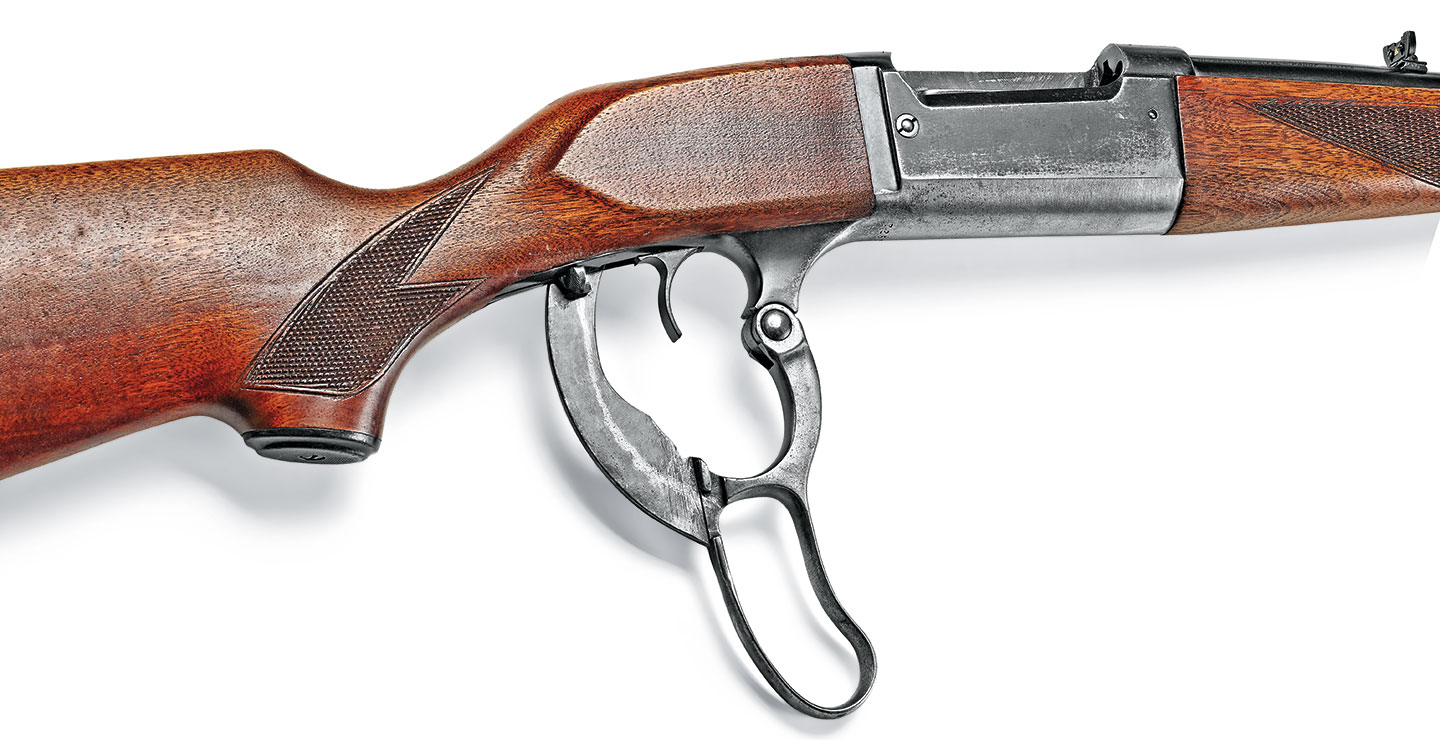
The Model 99 also has a cocking indicator just behind the rear of the bolt, raised when cocked and seated flush after firing.
Between 1898 and 1945, approximately 425,500 were made at the old Savage factory in Utica, New York. In the postwar era, the bolt-action began to dominate, but the Savage 99 continued in production in Westfield, Massachusetts, with the last 99s shipped in 2003.
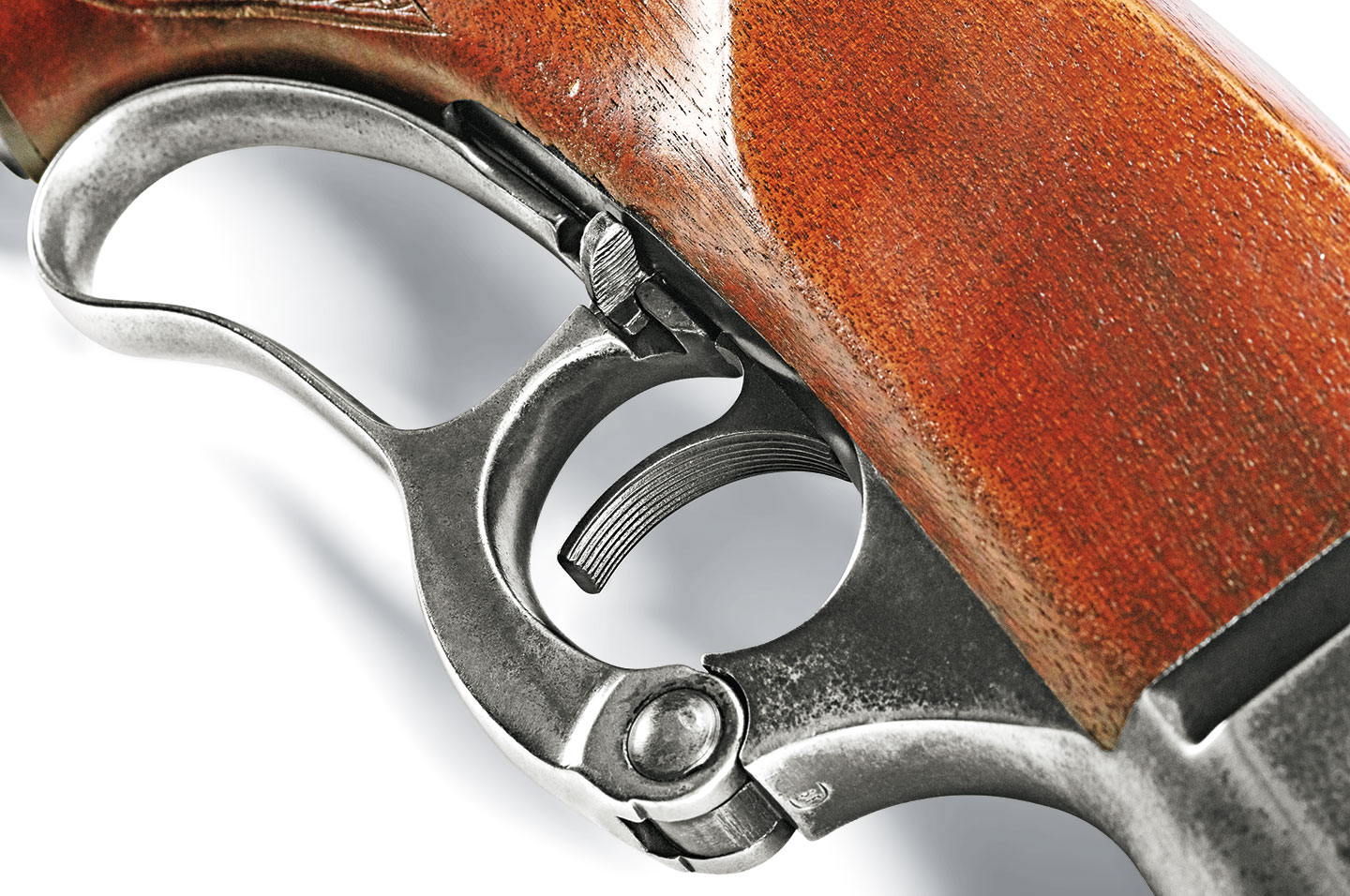
The original (and most common) safety is a sliding lever in the triggerguard. When slid to the rear of the trigger, it also locks the lever. A shotgun-style tang safety was introduced in 1960 and is most common on later 99s, but some models continued to be offered with the original triggerguard safety.
Total production does not equal Winchester's most popular lever actions, but it exceeds many. It was clearly a successful American rifle. As a lefty, I've always admired the 99 and have owned and used several in various chamberings. Generally, I've found accuracy to be okay, but rarely spectacular. The 99s are probably not on-average as accurate as bolt actions with forward-locking bolts and one-piece stocks. However, we have to remember that most 99s still in use are of unknown vintage and abuse.
Until the tail end, most Savage 99s never wore scopes. Even in my best days, it wasn't fair to compare groups with iron sights against groups with scopes. Today, that's not even a poor joke! Mind you, even the best glass doesn't make a rifle shoot better, but it sure makes it easier to see how well a rifle groups.
Off The Rack
The Savage 99 I wish I still had was in .358 Winchester with a rotary magazine. I had it about 1980, and it was my favorite pig rifle. It was a test gun, and former G&A staff Payton Miller, the late Gary Sitton and I all wanted to buy it. I won the toss, but fate had the last laugh. The ink wasn't dry on the check I sent to Savage before I was burgled and lost that rifle.
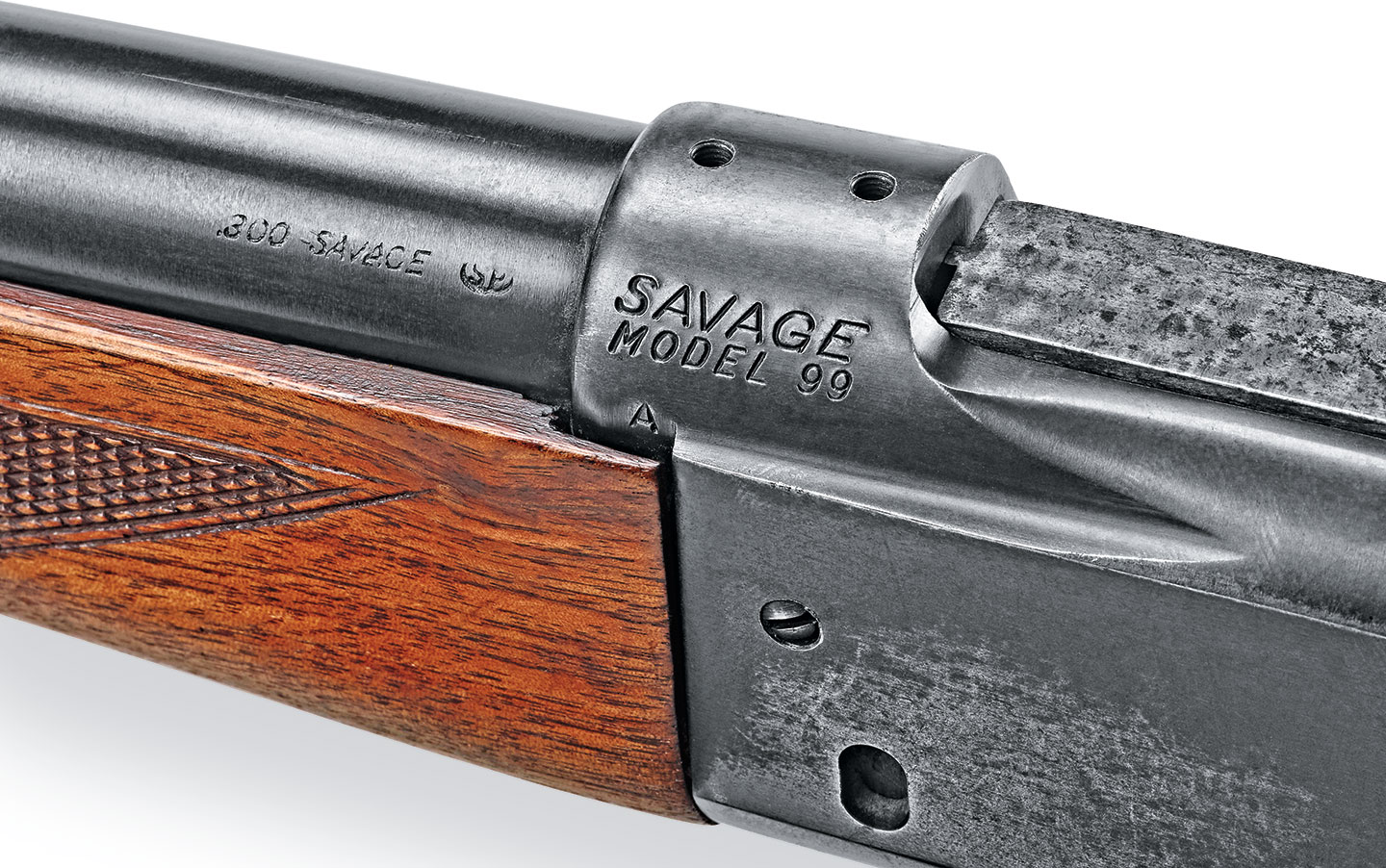
I'm not a collector at all, but a so-called "bucket list" item is a good 99 in .250 Savage. I've had a few, but none had quite the accuracy I hoped for, so that search continues.
When Guns & Ammo Editor Eric Poole and I agreed it was past time the magazine did a story on the 99, I found myself without one. I looked around and bought one straight off the used-gun rack at Bridge's Sports Shop in Paso Robles, California. It's funny how firearms preferences are often somewhat regional because there are lots of 99s along California's central coast.
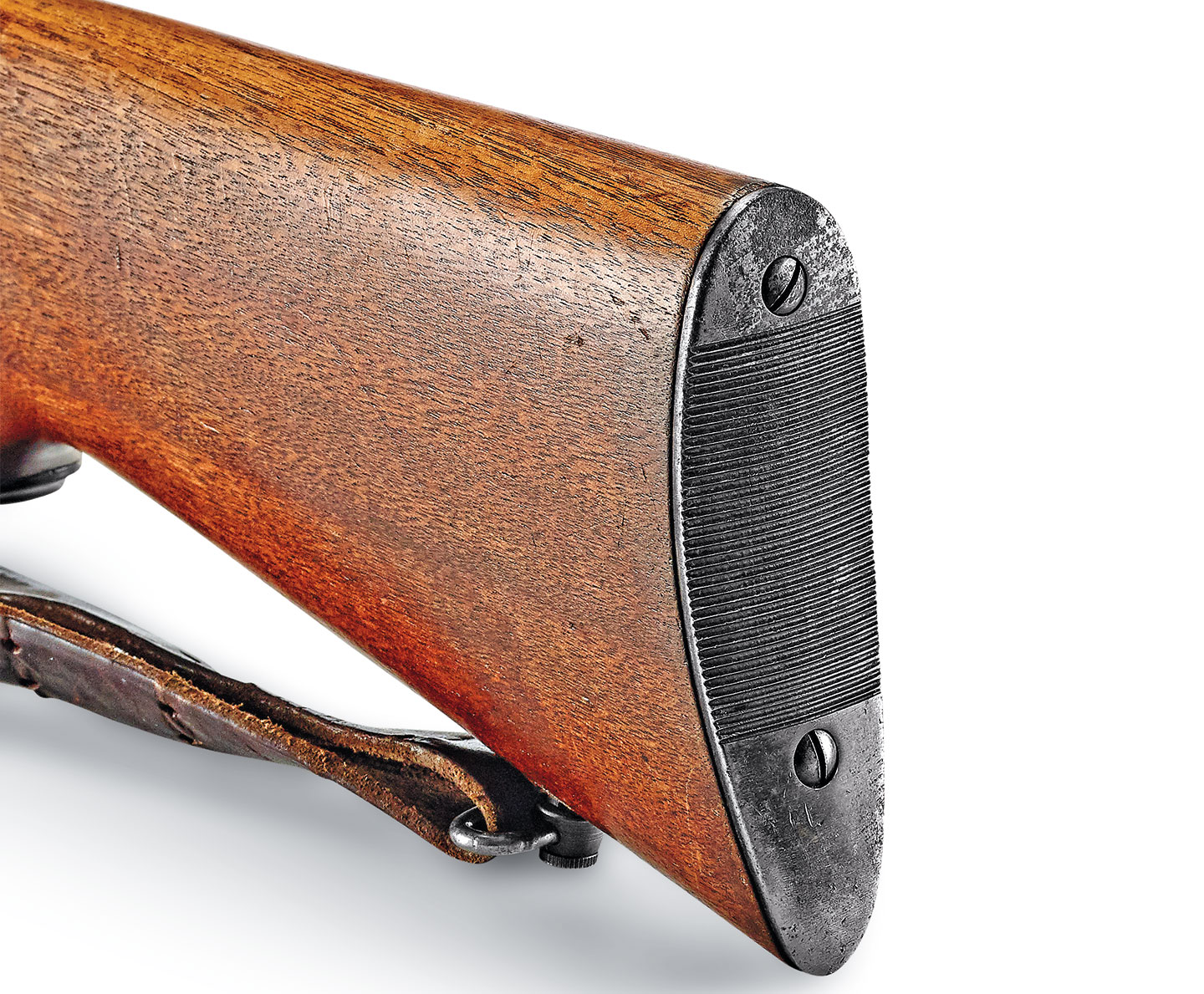
The rifle I bought is a 1942-vintage, 99 RS in .300 Savage. The RS had, as standard, a Redfield aperture sight mounted at the rear of the receiver. The barrel is 24 inches with a ramped front sight. The grip and forend are checkered, and the stock has a steel buttplate. Like most lever actions, the 99's trigger requires serious gunsmithing to improve, but they vary. Mine was clean at about 3 pounds.
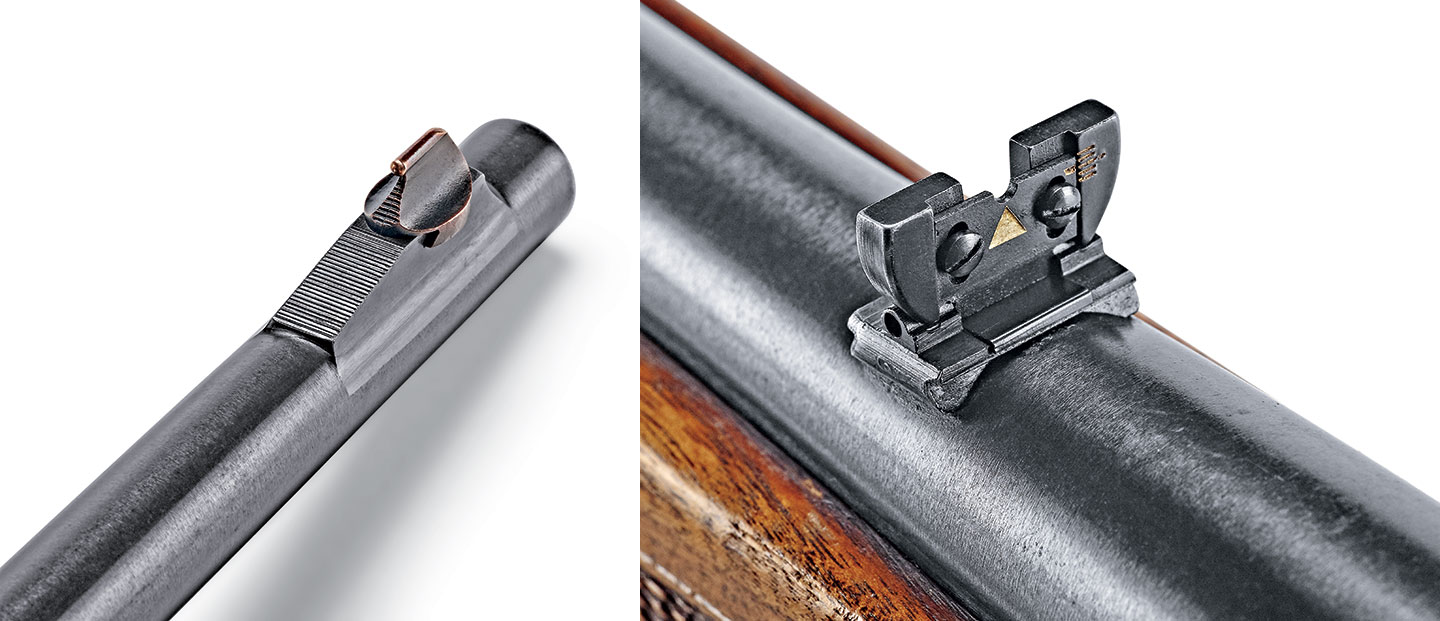
I can't properly evaluate the accuracy because, as a sad admission, I can no longer resolve iron sights well enough to shoot serious groups. However, I can tell that this rifle wants to shoot. The old Redfield sight proved responsive, and the rifle passed my pie-plate accuracy test for short-range hunting, easily producing 2-inch groups. That's about as good as I can do with apertures these days.
I wanted to take the rifle pig hunting, which proved a slight problem. Everybody still loads .300 Savage ammunition (as they should), but remaining loads are all standard offerings. These days, we're required to use homogenous alloy bullets for all California hunting, including pigs.
The issue was quickly resolved with Hornady's 165-grain GMX, which shot to the same point of impact as Remington's Core-Lokt and Hornady's SST factory loads. I was ready to hunt hog and I didn't have to wait long for an invite.
A rancher friend called with a pressing problem. It seemed that he and his wife were out of sausage and there was some fresh opportunities taking a liking to his property. So, I went to the rescue with the 99 in hand.
Truth is, I missed an easy shot at a big hog. It slipped right over the top. Things were looking grim and sunset was at hand when a nice sausage pig gave me a reprieve. Quartering away hard at about 120 yards, the old Savage rolled it and I couldn't have been happier.
Maybe I'll keep this Savage 99, maybe not, but I'm sure it won't be my last 99.
Arthur Savage's Cartridges
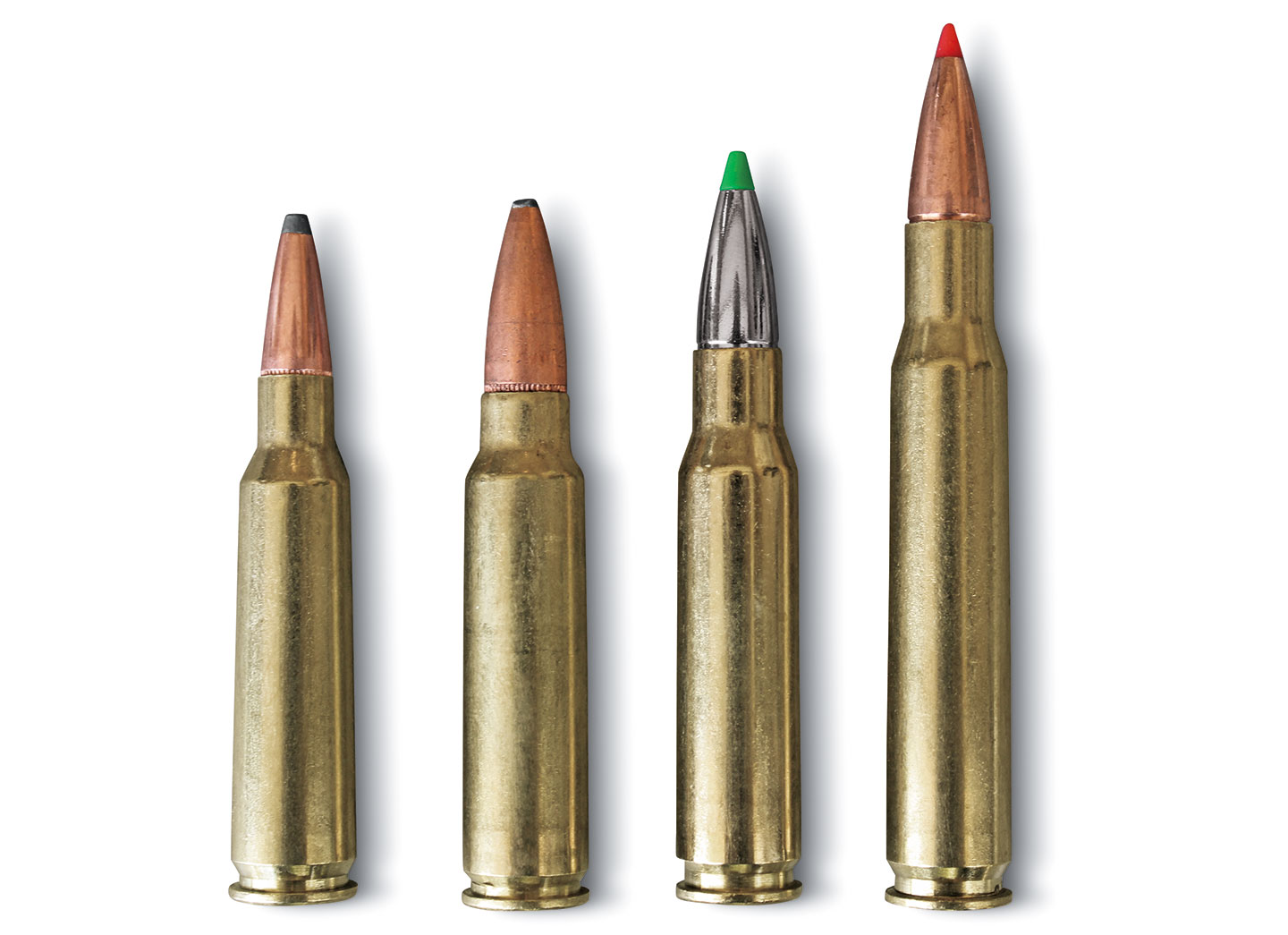
Only four Savage cartridges made it into production: .303 Savage, .22 Savage High-Power and the .250 and .300 Savage. Introduced in 1894, the .303 is a rimmed cartridge using a true-American, .308-inch bullet, rather than the British .303's .311-inch bullet diameter. Similar to the .30-30 Winchester, it predates it by nearly a year, so it was one of the very first American smokeless-powder cartridges. The .303's 170-grain bullet at 2,090 feet per second (fps) exceeded .30-30 performance, plus the Savage action could handle spitzer bullets. The .303 Savage was chambered until 1940.
In 1912, Savage teamed up with firearms designer Charles Newton to create the .22 Savage High-Power. Using the .25-35 case necked down to take a .228-inch, 70-grain bullet, the duo created a load that pushed 2,790 fps. One might consider it the first varmint cartridge, but with its heavy-for-caliber bullet, it was actually intended for at least medium-sized big game. Believe it or not, the Reverend H.L. Caldwell, a missionary to China, famously used it to dispatch a couple of tigers.
In 1915, Newton and Savage teamed up again to create the .250 Savage, based on the .30-'06 Springfield case shortened to a tidy 1.912-inches. Also known as the .250-3000, it was the first commercial cartridge to break 3,000 fps, which it did with an 87-grain bullet. Some folks found it killed like a lightning bolt, while others found it erratic. The latter is probably more correct considering that, in 1915, the velocity was probably ahead of bullet design. The .250 Savage was popular, but, over time, most hunters sacrificed velocity and went to heavier bullets at slightly slower speeds.
Developed in 1920, the .300 Savage is based on the .250 Savage case necked up to .30 caliber. It's a forerunner to the .308 Winchester developed 30 years later, but it's more than that. Propellants have advanced and velocities have crept up. The intent of the .300 Savage was to offer .30-'06-like performance in a lever action.
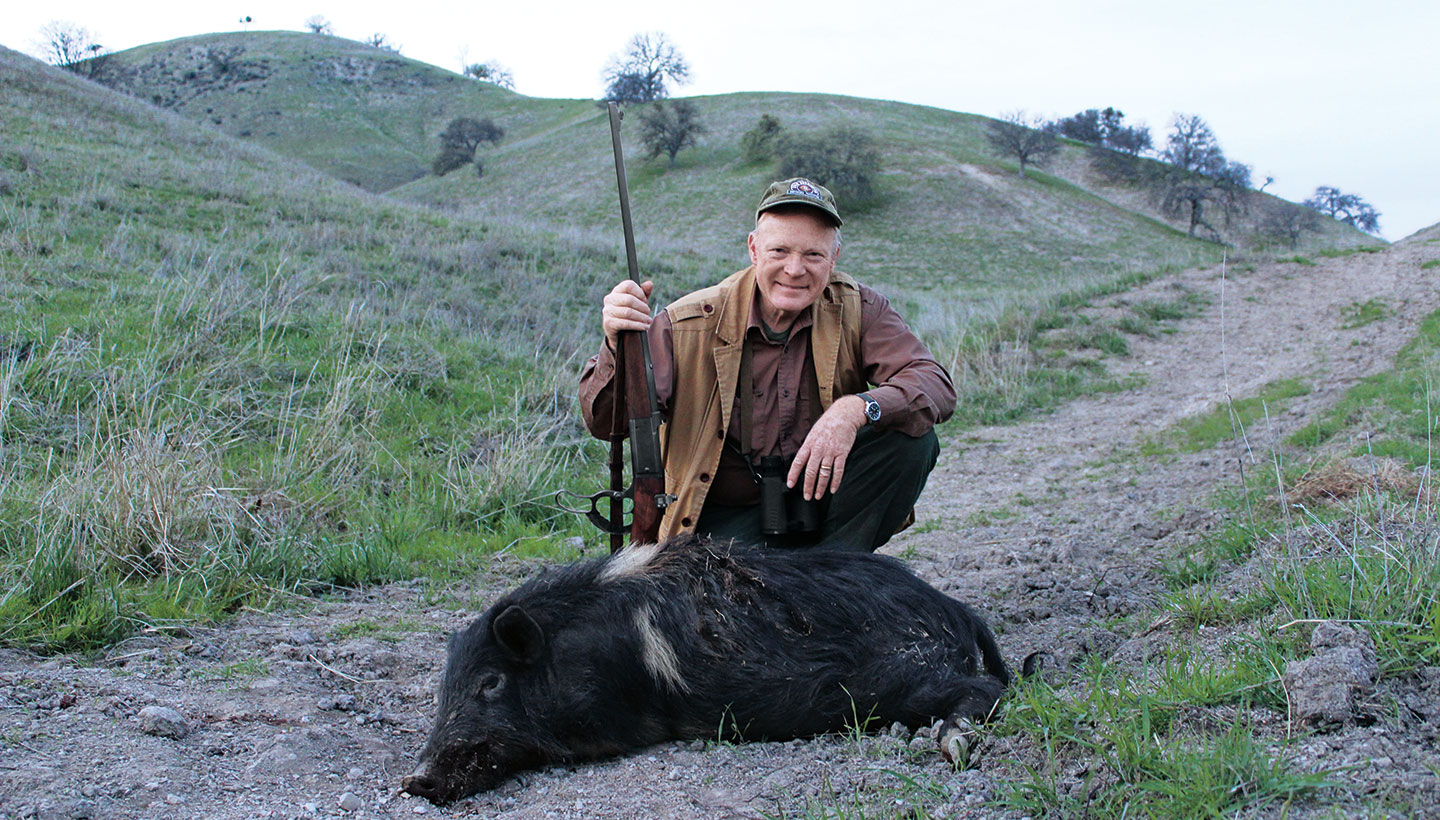
With a 150-grain bullet at 2,630 fps and a 180-grain bullet at 2,350 fps, the .300 Savage approached 1920-vintage .30-'06 velocities. This meant that, like the .30-'06 (and the .308 in decades to come), it was adequate for the full range of North American game. It was Savage's most popular cartridge, and is carried into the deer woods today. It's still a very effective big-game cartridge.
Although these four are the only cartridges that bear the Savage name, the numerous models of Savage lever actions were also chambered for other cartridges including Winchester's .25-35, .30-30, .32-40, .38-55, .243, .284, .308, .358 and .375, along with Remington's .22-250 and 7mm-08 — 15 known chamberings in all!
Note, the rear of the bolt and matching receiver surface have a 4-degree bevel slanting down and forward, which was essential to ensure the lever can cam the bolt downward to open. This creates a strength issue. It's no problem with factory ammo, but don't overdo it with handloads.
I was in Africa in 1979 with a Savage 99 in .308. On a particularly hot day, my handloads were suddenly a bit warm. Clearly, this was my fault. The bolt locked up completely while shooting at a blesbok, and it took a gunsmith to clear it.
Exactly which Savage?
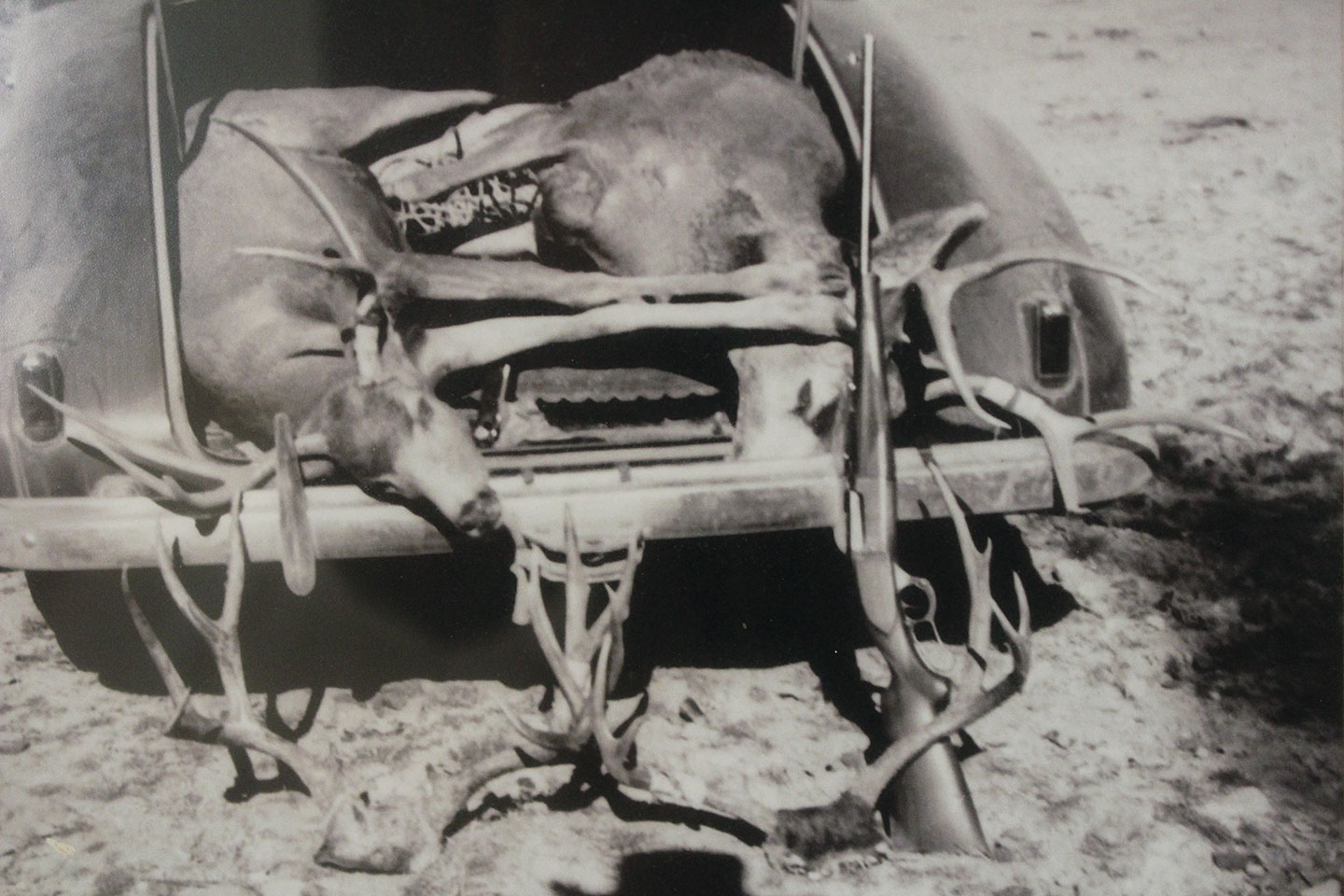
David Royal's book "A Collector's Guide to the Savage 99" is a standard reference. The challenge is that Savage rifles were manufactured in many variations. The original 1895 in .303 Savage was replaced by the 1899 Savage in 1899. In 1921, the Savage 1899 became officially the "Savage 99," as it remained until the end of production. This nomenclature shift caused me one of the worst errors of my career (and drew many reader letters).
When Hornady introduced a new .25-35 load (April 2017), I wrote that the Savage 99 was never so chambered. This was actually true. The Savage 99 was never offered in .25-35, but the Savage 1899 most certainly was!
Aside from those three visually similar models, the 1895, 1899 and 99 Savage lever actions were offered in a bewildering array of options and variations. These include takedown rifles, barrel and sight options and embellished rifles. Pistol grips and levers were both straight and curved. Forends were round and Schnabel, while stocks came checkered and uncheckered. Basic variations usually carried a one- or two-letter code.
Royal's book provides a good guide, and serious Savage collectors have the history of these rifles pretty well sorted out. But to the layman who inherits grandpa's deer rifle or encounters a clean 99 in a gun shop, it can be confusing. I know, mine is a 99 RS by stock, serial number and receiver sight.
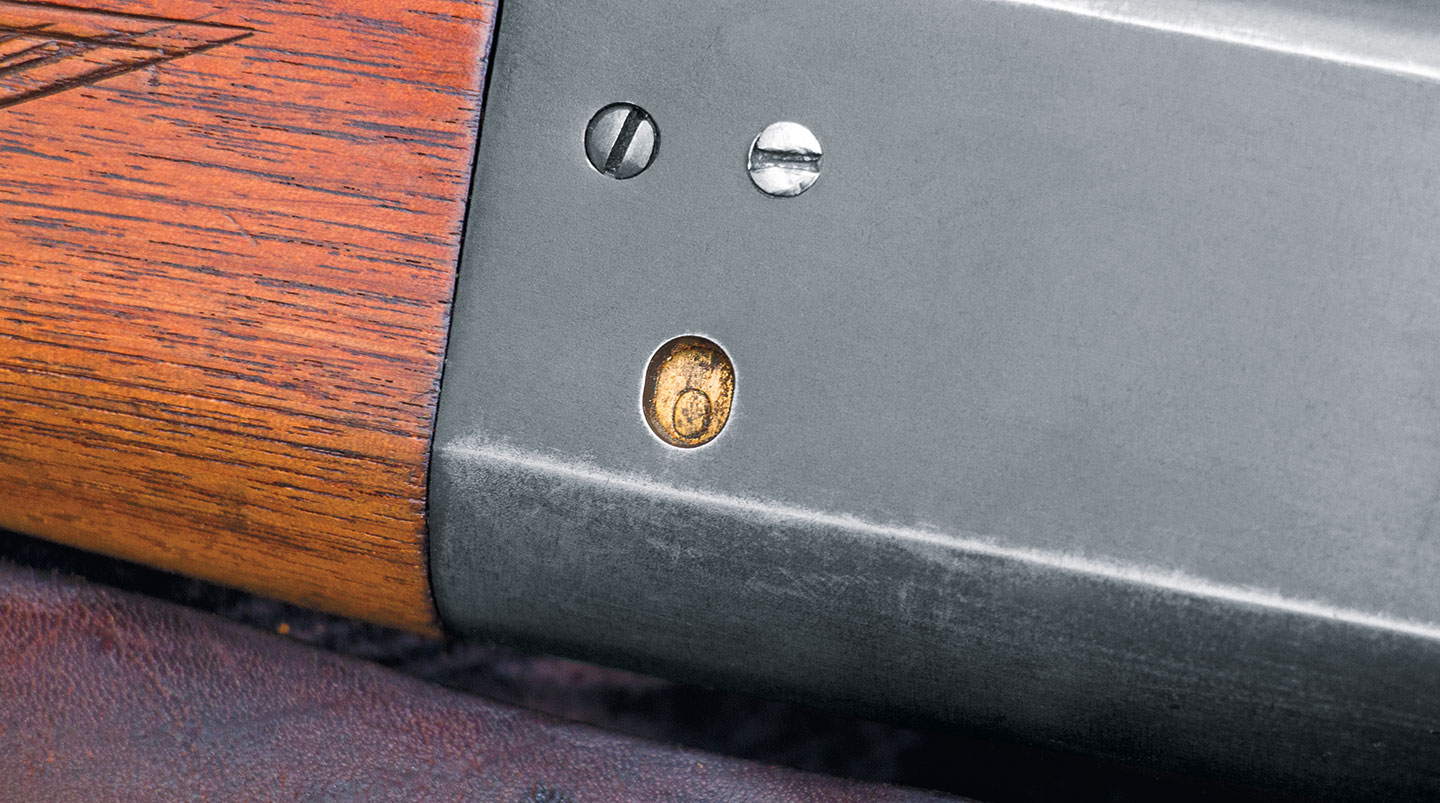
Still, even the best references leave question marks. I had a scoped, late-model example in .250 with a rotary magazine, tang safety and an uncheckered, straight pistol grip. It was probably a late 99A, but it should have the signature cartridge counter. Alas, it was absent. The box magazine (99C) was introduced in 1965, but some versions with rotary magazines continued in production until 1984.
Could the 99 make a comeback? I posed this question more than once to Ron Coburn, long-time CEO of Savage. Ron is a good friend, and I credit Coburn's personal leadership for pulling Savage out of bankruptcy and saving the brand. (Coburn is also a serious 99 fan.)
I think that Savage would have brought back the 99 if practical, but Coburn was never optimistic. Why? Well, the assembly is apparently tricky. Plus, the craftsmen who produced 99s are gone. Realistically, almost anything can be replicated with modern machining so it's not impossible to recreate the 99. But the lever-action market isn't what it was in the 99's golden years. Personally, I'd like to see it, but I fear the Savage 99 must remain a rifle from a different time.

In their many variations, there are tens of thousands of Savage lever actions still available and providing good service. They will remain iconic American classics.
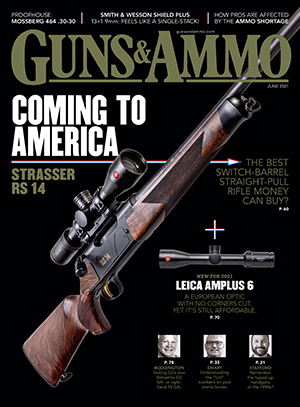
Enjoy articles like this?
Subscribe to the magazine.
Get access to everything Guns & Ammo has to offer.
Subscribe to the Magazine
Where Is the Model Number on My Savage .250-3000
Source: https://www.gunsandammo.com/editorial/review-savage-model-99/357148